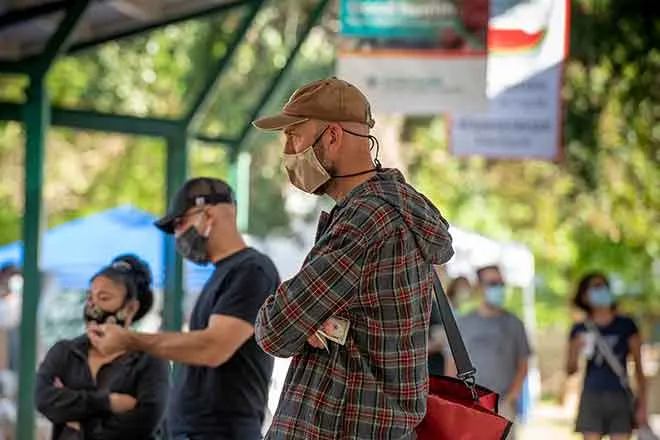
Study: Methane pollution from oil and gas production greatly underestimated
Click play to listen to this article.
(Colorado News Connection) Data from new satellite-based technology show that the amount of methane pollution impacting communities living near oil and gas facilities is far greater than previously estimated.
As Laurie Anderson, Colorado field organizer with the group Moms Clean Air Force explained - when methane is released into the air through venting, flaring, or leaks - toxic co-pollutants that have been linked to serious respiratory and other health impacts are also released.

"And these co-pollutants include particulate matter, they can include Volatile Organic Compounds which are carcinogenic," said Anderson. "So, there are these health impacts that are absolutely impacting our children, our elderly and our most sensitive populations the most."
Levels of fine particulate matter were up to 15 times higher, sulfur dioxides were twice as high, and nitrogen oxides were 22 percent higher than previous estimates.
Oil and gas groups have argued that venting and flaring methane, the primary component of natural gas, is necessary because there aren't enough pipelines to divert that gas to market.
Health costs for people living downwind, including hospitalizations and premature death, are over $7 billion each year.
Low-income, Hispanic and Native American communities are disproportionately impacted.
Methane is over 80 times more potent than CO2 at trapping heat in the atmosphere - and Anderson said limiting pollution can also help address more frequent and powerful wildfires, prolonged drought and other impacts of a changing climate.
"We're already experiencing the impacts of climate change," said Anderson. "And we really need to do something now to slow those impacts. And if we're going to meet our deadline, we absolutely have to start cutting back on the amount of methane that is being released into our atmosphere immediately. We can't wait any longer."
Colorado is the fourth largest oil producing state, and the eighth largest gas producer in the nation.
Nearly 290,000 Coloradans, including over 39,000 children, live within a half-mile threat radius of active oil and gas operations.
The Environmental Protection Agency's new methane rule aims to address pollution from routine venting and flaring, but Anderson said strong enforcement will be critical to protecting public health.















